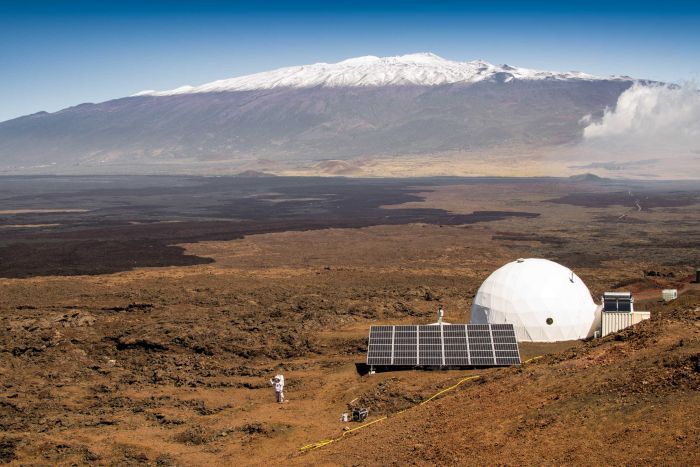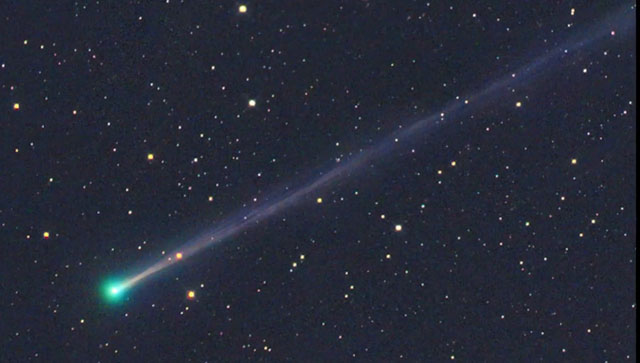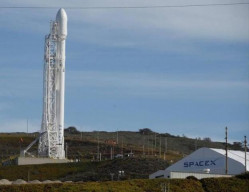
Six scientists have entered a dome perched atop a remote volcano in Hawaii where they will spend the next eight months in isolation to simulate life for astronauts traveling to Mars, the University of Hawaii said.
The study is designed to help NASA better understand human behavior and performance during long space missions as the US space agency explores plans for a manned mission to the Red Planet. "I’m proud of the part we play in helping reduce the barriers to a human journey to Mars,” said Kim Binsted, the mission's principal investigator.
NASA may build ice houses on Mars
The crew will perform geological field work and basic daily tasks in the 1,200-square-foot (365 m) dome, located in an abandoned quarry 8,000 feet (2.5 km) above sea level on the Mauna Loa volcano on Hawaii's Big Island. There is little vegetation and the scientists will have no contact with the outside world, said the university, which operates the dome.
Communications with a mission control team will be time-delayed to match the 20-minute travel time of radio waves passing between Earth and Mars. "Daily routines include food preparation from only shelf-stable ingredients, exercise, research and fieldwork aligned with NASA’s planetary exploration expectations," the university said. The project is intended to create guidelines for future missions to Mars, some 35 million miles (56 million km) away, a long-term goal of the U.S. human space program.
Eugene Cernan, last man to walk on moon, dead at 82
The NASA-funded study, known as the Hawaii Space Exploration Analog and Simulation (Hi-SEAS), is the fifth of its kind.



































1713853507-0/MalalaHilary-(2)1713853507-0-270x192.webp)








COMMENTS
Comments are moderated and generally will be posted if they are on-topic and not abusive.
For more information, please see our Comments FAQ